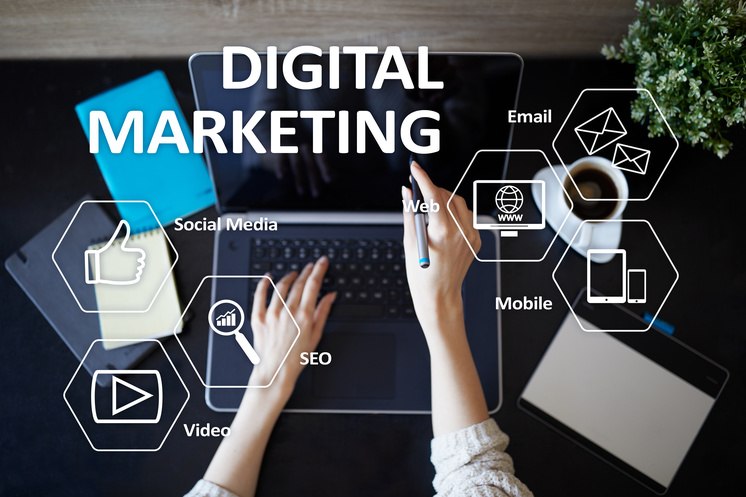SaaS apps are growing highly popular as organizations find it easier to operate in the cloud. As per the financial online study, virtually all of an organization’s software will be SaaS-based by 2020. 92 percent of IT consultant companies expect SaaS to increase their revenue and IT expenditure in the next two years. But why is it so popular among users and service providers? SaaS isn’t only beneficial to the regular user. It has also evolved into a potential business concept with several profit opportunities. Today is a fantastic moment to start creating SaaS apps and introducing new SaaS solutions.
How Do You Create Cloud-Based SaaS Products?
1. Recognize your objectives
The first and most significant step should be to estimate market demand for the specific SaaS solution. The following phase is to evaluate how the software capabilities of the SaaS product will affect the customer’s life and company.
What issues will the SaaS software products tackle, and how essential are they in the lives and businesses of your intended audience? Is there current market demand for your proposed SaaS service, or will you have to go out and find clients to convince them of its features and benefits in solving their problems? You must consider all of these variables.
2. Conduct a competitive analysis
Assume you want to create a USP for your SaaS solution to enhance user appreciation and subscriptions. In such a case, you’ll need to understand which other SaaS apps are comparable to yours.
Following the identification of your rivals, it is vital to comprehend how your software differs from the competitors and how you can deliver a better solution. It’s always ideal to start with a simple MVP solution and get user comments to see how your intended market reacts.
3. Select an appropriate pricing model
The pricing strategy of your platform may make or destroy your software. The SaaS concept has been applied in several efficient pricing schemes. The app owners generate money by turning free users into premium customers by providing an upgraded set of features on a one-time or regular basis. It’s an excellent strategy for getting customers intrigued by a new product in a competitive industry. If you’re attempting to reach a certain demographic, a low membership fee for crucial features is a better alternative.
4. Conduct extensive testing
Every SaaS product is subjected to a rigorous QA procedure. A SaaS system is subjected to a battery of tests, including efficiency and stress testing, vulnerability scanning, usability screening, and unit testing.
When it comes to SaaS solutions, ongoing support and maintenance are crucial. SaaS software solutions offered by mobile app development Virginia agencies, which are often developed for business environments, need a specialized team that swiftly answers any concerns and delivers frequent value updates.
5. Create an MVP
MVP is an acronym that stands for a minimum viable product, such as a preliminary adaption of your SaaS program for some critical components. The fundamental goal of an MVP is to deliver a “sample” of the final product to partners and customers. An MVP is a low-cost prototype that helps you see how the finished product will look and function. Apart from that, if the MVP does not suit the demands of your company, you may alter the SaaS app development cycle or innovation stack.

